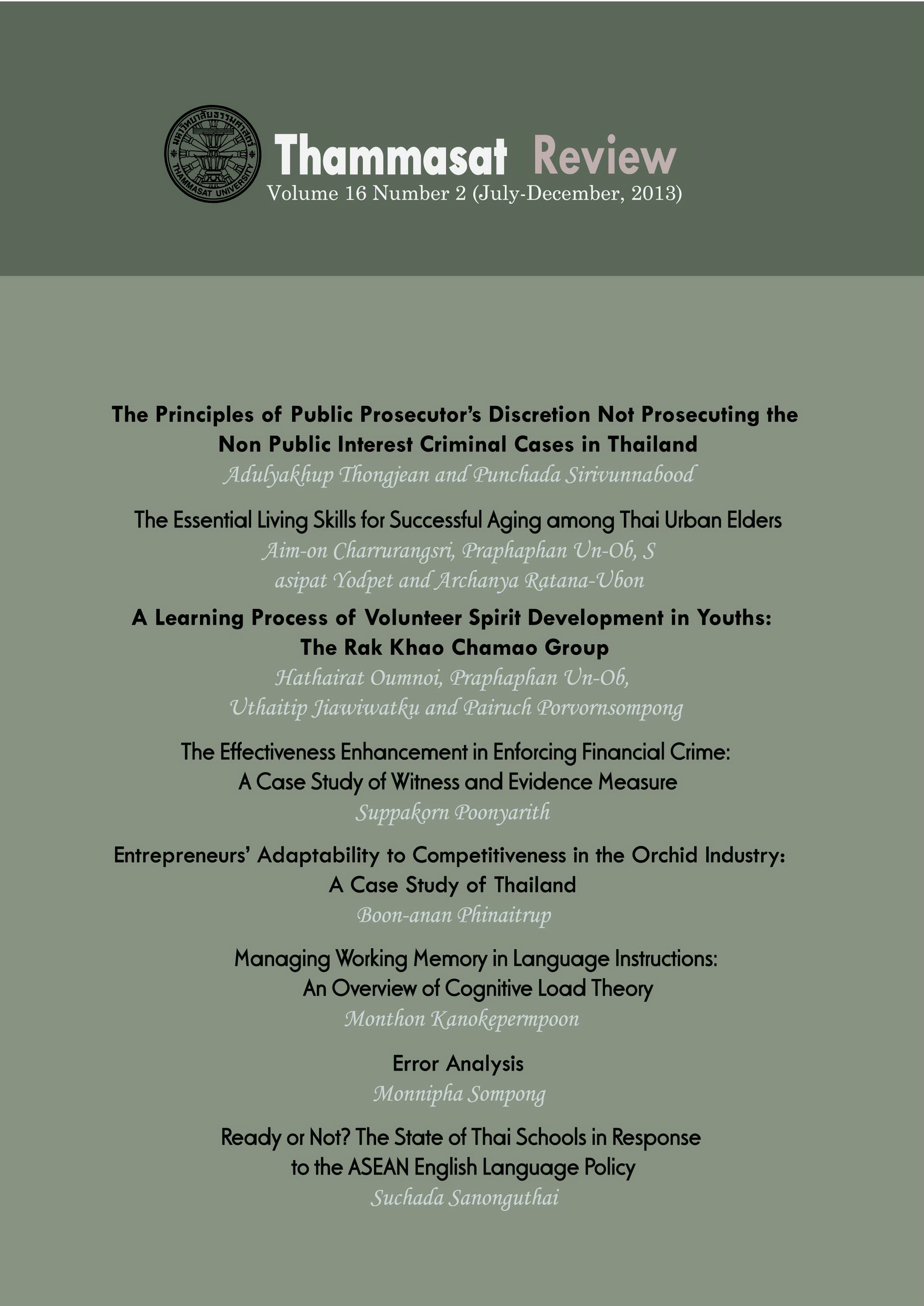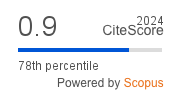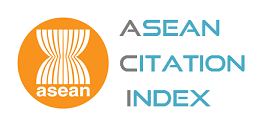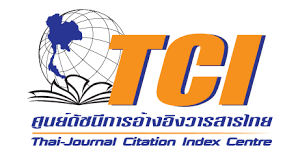A Learning Process of Volunteer Spirit Development in Youths: The Rak Khao Chamao Group
Abstract
The study on “A Learning Process of Volunteer Spirit Development in Youths: The Rak Khao Chamao Group” is a qualitative research. It aimed to study a learning process of how to develop volunteer spirit youths of a Rak Khao Chamao Group which was which was a case study. The researcher collected data by using structured in-depth interviews, participatory observations, focus group, inductive data analysis methods, subsequently presented the findings through the descriptive analysis. The key findings found that there were three essential components of the learning process of Volunteer Spirit Development in Youths which have been applied by the Rak Khao Chamao Conservation Group. These three components included contents; methods; and learning sources.
The researcher provided recommendations that the government sector should make policies on volunteer spirit youth development by focusing on building the learning process for children and young people at all levels (i.e. individual, organization, and society). Crucially, local administrative organizations should set their own relevant community development strategies as well as coordinate, and cooperate among community-based organizations and concerned agencies in their own regulated communities. They should also promote work of volunteer youths; advocate or mainstream the volunteer spirit issue to be adopted and adapted in ways of life; build a learning community that contributes to volunteer spirit youth development; support supplementary curriculum development or development approaches in collaboration with schools; and set their own curriculum development plan on volunteer spirit youth development in order to be a supplementary curriculum for youths.
Keywords: Volunteer Spirit Youths, Learning Process
Downloads
How to Cite
Issue
Section
License
The opinions and ideas expressed in all submissions published in Thammasat Review are solely that of the author(s) and do not necessarily reflect that of the editors or the editorial board.
The copyright of all articles including all written content and illustrations belong to Thammasat Review. Any individuals or organisation wishing to publish, reproduce and distribute a particular manuscript must seek permission from the journal first.








